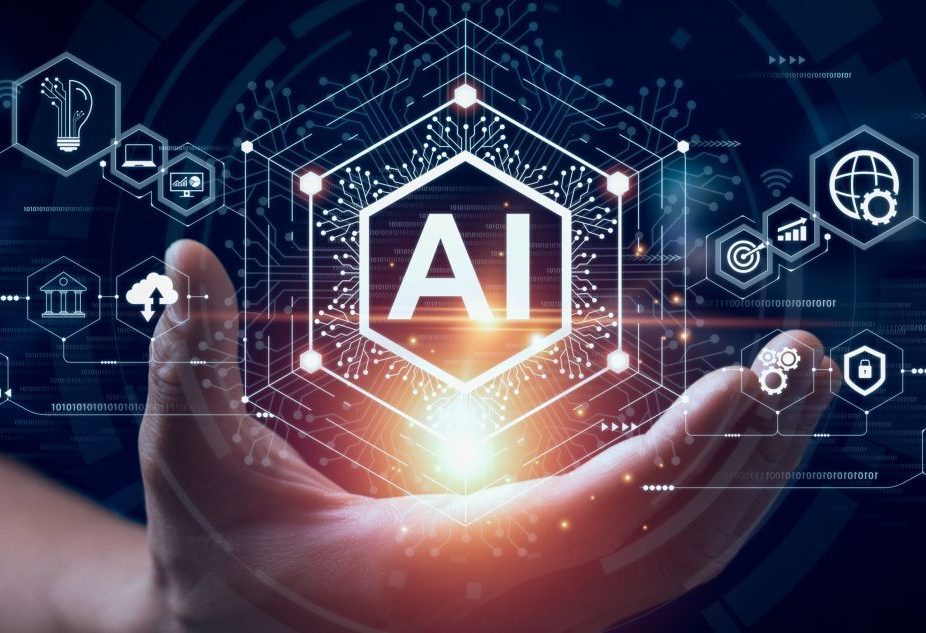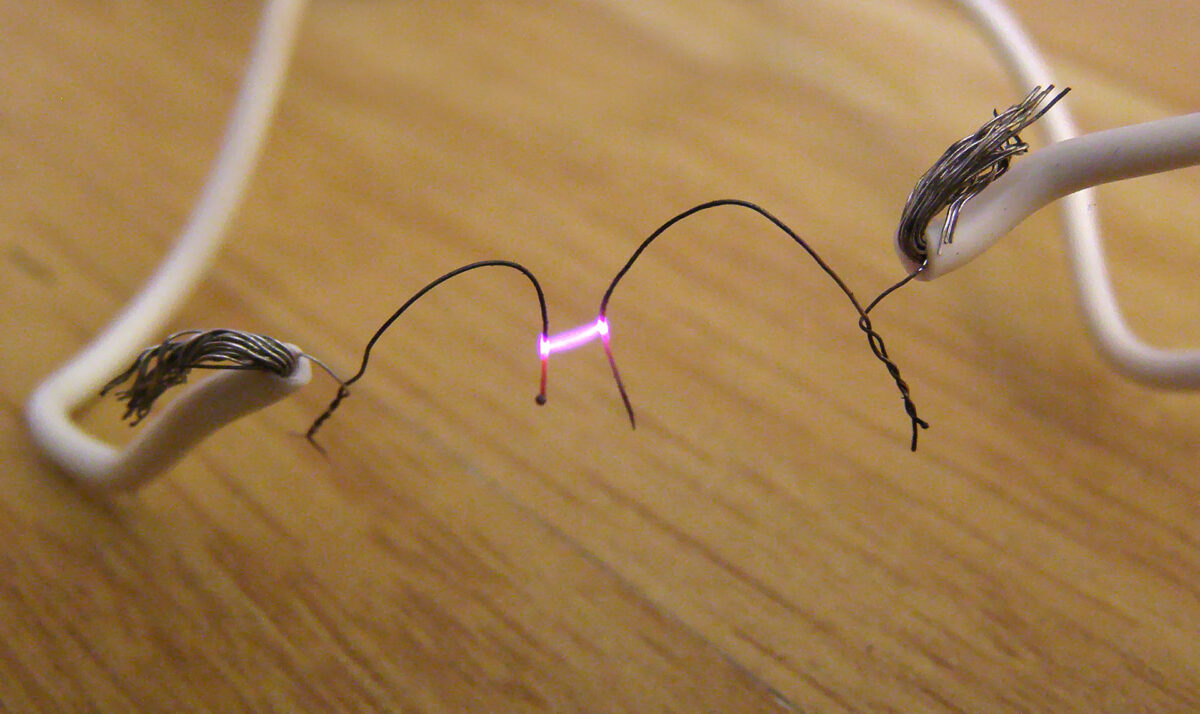Chinese scientists have introduced an innovative system capable of detecting DC arcs in photovoltaic (PV) installations using a back-propagation neural network. The cutting-edge technique ensures a detection time of under 200 ms.
Researchers from Tianjin University in China, in collaboration with inverter manufacturer Ginlong Solis, have devised an AI-based approach for DC arc detection in PV systems.
A DC arc arises in PV arrays when there is an electrical discharge between conductive components on the system’s side. The resulting high energy and temperature ionize surrounding gases, forming a plasma path for the current.

The research group emphasized the potential hazards of PV DC arc-faults, including fire, property damage, and risks to human lives. Due to these disastrous consequences, many countries have established DC arc detection standards and implemented DC arc fault protection.
The novel technique employs the fast Fourier transform (FFT) algorithm and the back-propagation neural network (BPNN) machine learning estimation method. FFT, commonly used for signal analysis, converts PV current to the frequency domain. BPNN, a self-correcting machine-learning training method, adjusts weights in different layers of its understanding mechanism.
The proposed method involves a digital signal processor (DSP) unit sampling AC components of the PV-side current and using the FFT algorithm to eliminate low-frequency (below 41 kHz) and high-frequency (above 102.5 kHz) components.
The remaining samples are divided into eight groups and subjected to BPNN analysis, where the AI model determines the presence of an arc. If an arc is detected, a command is sent to the PV-end DC/DC to interrupt the arc.
The scientists noted that the local execution of the arc interrupting process enhances system reliability. However, the primary implementation of algorithms at the PV-end layer and the requirement for larger physical memory for local data storage are considered disadvantages.
The AI model undergoes training through both online and offline methods. In the offline case, training data is fed into algorithms in a computer, upgrading the DSP control software. Online training occurs when offline-based recognition fails, with recorded data sent to the cloud for further AI training. The results are then transmitted back to the physical unit.
The researchers constructed a test platform to validate their detection method, connecting an arc generator between the platform’s PV and the inverter. The training and testing results demonstrated a high success rate of 97.5%, with the arc detection time consistently below 200 ms.
